Enjoying the Local Sites ~Part 2~
The Silver Valley, ID ~10/18/2019~
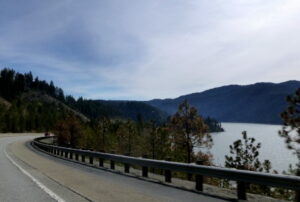 Anticipating the arrival of winter, my sister and I enjoyed a series of road trips before we were confined indoors due to snowy roads. With numerous places near my home that I wanted to share with my sister, waking up and deciding “where do I want to take her today?” is always enjoyable. This time, the destination was The Silver Valley, Idaho.
Anticipating the arrival of winter, my sister and I enjoyed a series of road trips before we were confined indoors due to snowy roads. With numerous places near my home that I wanted to share with my sister, waking up and deciding “where do I want to take her today?” is always enjoyable. This time, the destination was The Silver Valley, Idaho.
The journey on Interstate 90 between Spokane, WA, and Silver Valley, ID, is a beautiful drive. While I generally prefer avoiding interstates, this one is an exception. The traffic is minimal, and the scenery is stunning, especially as it runs above Coeur d’Alene Lake on an elevated roadway overlooking the lake. After the lake, the road climbs to the summit of Fourth of July Pass and down the other side as it twists and turns through the forests and mountains. After descending from the pass, the landscape flattens out a bit, entering the area known as Silver Valley.
Silver Valley
The Silver Valley, between the Fourth of July Pass to the west and Lookout Pass at the Idaho-Montana border, a narrow valley approximately 40 miles in length. Located east of Coeur d’Alene, ID, Within Shoshone County.
The valley is home to several towns, namely Pinehurst, Smelterville, Kellogg, Wardner, Osburn, Silverton, Wallace, and Mullan. Each town contributes to the rich history of the Silver Valley mining era. The Silver Valley is part of the Coeur d’Alene Mining District.
The settlement of Silver Valley goes back to the late 1870s when miners, initially seeking gold near the south fork of the Coeur d’Alene River, discovered the true treasure—galena, along with other silver and lead deposits in the region. In a few years, it was evident that the real wealth was those minerals.
Silver Valley turned into the world’s largest silver-producing area, and is still one of the top 10 mining districts in world history. In just a century of mining, the Silver Valley produced over 1 billion ounces of silver, along with substantial quantities of lead, zinc, and copper, amounting to a total value of 5.5 billion dollars as reported by the Idaho Geological Survey.
At one time there were 90 silver mines in the district but only two remain in operation today:
Lucky Friday Mine: Located near Mullan and is the deepest mine in the world at 9,587ft (2,922m) below surface.
Galena Mine: Located near Wallace was discovered in 1885 and has been in operation since.
There is also an active gold mine, the Golden Chest Mine, near Murray, ID. It started to produce ore in November of 2014.
To dig deeper into the area’s history, mining, and even experience going underground, two distinct tours are available. Each tour offers a unique perspective and is equally enjoyable, providing insights into the history of the Silver Valley.
Crystal Gold Mine: Located in Kellogg was transformed into a tourist attraction preserving it’s history.
Sierra Mine Tours: Located in Wallace provides a view of the Valleys’ mining heritage and rich history.
Wallace, ID
 We stopped at the Red Light Garage In Wallace for brunch. This cafe, with its terrific food and service, is a favorite of mine. Additionally, the place is decorated with a variety of fascinating artifacts, providing more fun to the overall experience.
We stopped at the Red Light Garage In Wallace for brunch. This cafe, with its terrific food and service, is a favorite of mine. Additionally, the place is decorated with a variety of fascinating artifacts, providing more fun to the overall experience.
While we were eating we looked at all the things hanging on the walls and chatted about where we were headed. We had a full day ahead of us.
Nine Mile Cemetery
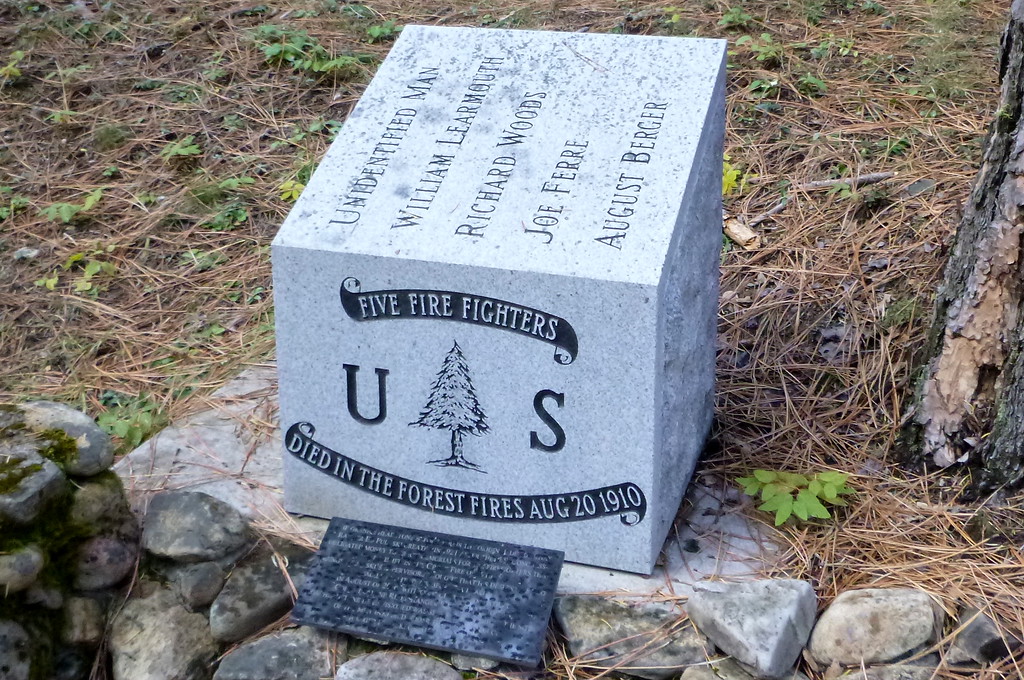
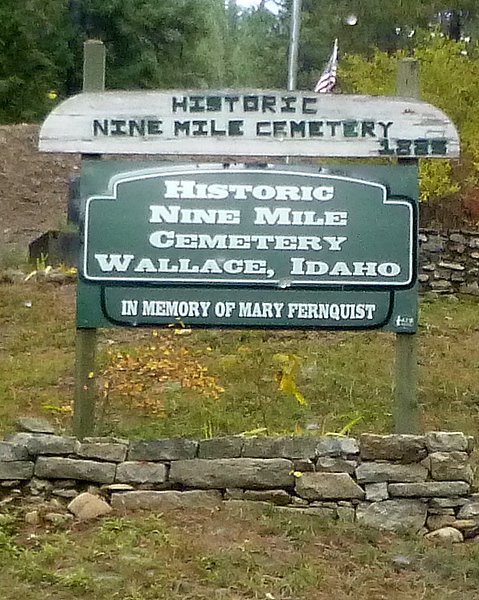
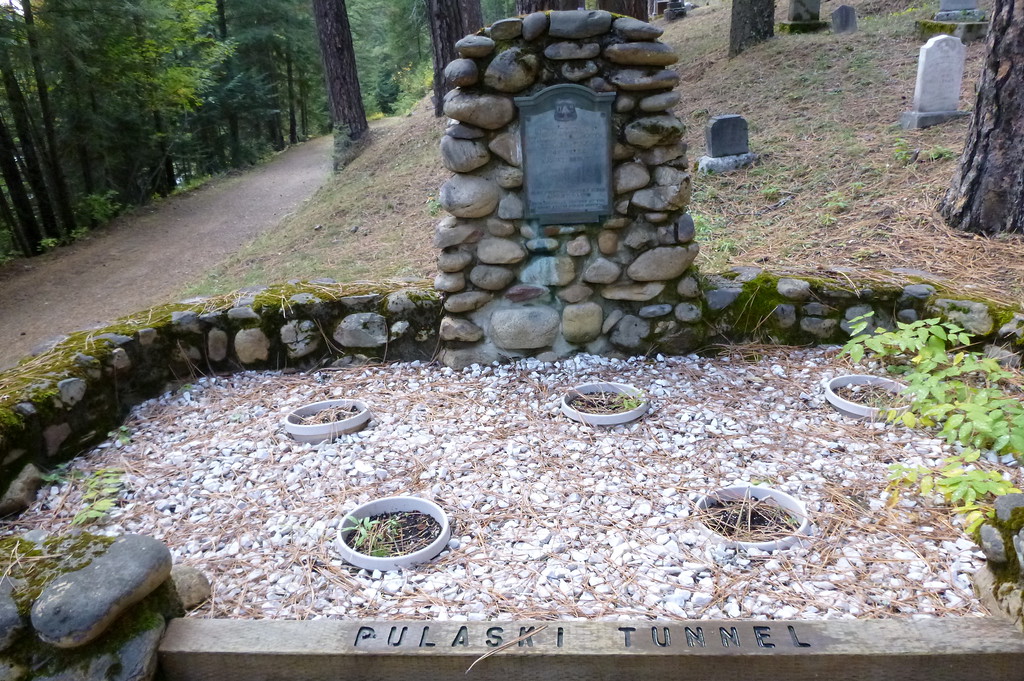
After the enjoyable lunch, we made a side trip to the Nine Mile Cemetery before continuing to Burke, and we would return to Wallace for a bit more sightseeing before heading home. Both my sister and I share an appreciation for wandering through historic cemeteries, and I anticipated that she would enjoy this one and indeed, she did. Cemeteries often provide a glimpse into the past and the stories of those who came before us.
Just North of Wallace the cemetery has graves dating back to the 1880s and is in the forest on steep hillside. Its the resting place of individuals from the early mining days of the Silver Valley, and among them are heroes from every American conflict since the Civil War.
Included in the cemetery are the graves of several victims of the Great Fire of 1910. Including 12 firefighters and the grave of Edward Pulaski. Mr Pulaski is a hero during the Great Fire by leading his crew into a mine and was able to save all but six of his 45-man firefighting crew.
Side note: The Pulaski Tunnel Trailhead is about a mile south of Wallace. There are markers along the trail describing what happened. The train ends at the tunnel however you are not able to enter. The Pulaski Tool now commonly used to fight forest fires was named for Mr. Pulaski.
Burke Canyon
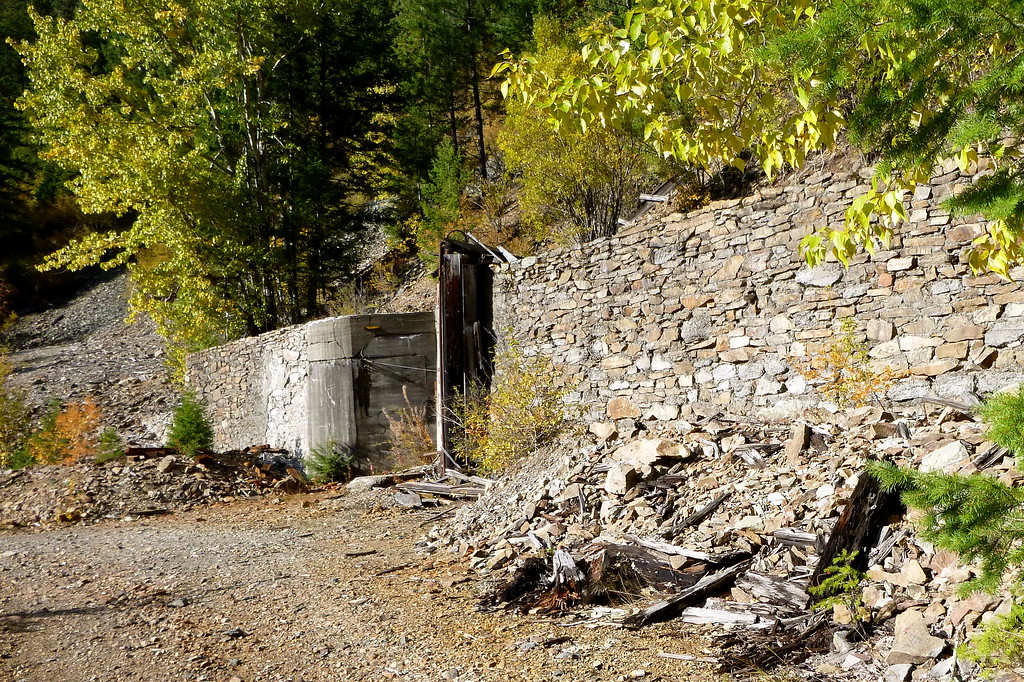


Burke is only 7 miles from Wallace, and there are six small ghost towns along the way. What’s left of these towns is from the heyday when both small and larger settlements thrived near the mines in these hills.
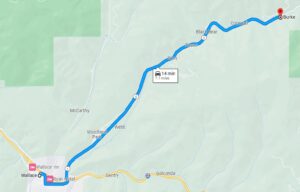 When you look up at the hills you can still see some of those mine. The picture of the mine above shows one of those mines. The entrance is grated to keep people out but you can still look into the shaft.
When you look up at the hills you can still see some of those mine. The picture of the mine above shows one of those mines. The entrance is grated to keep people out but you can still look into the shaft.
The Burke Canyon holds a wealth of history. Imagining what life was like during that time is a thought that often crosses my mind. The drive through Burke Canyon is beautiful although the EPA has declared the canyon contaminated.
We took the opportunity to stop and found a geocache along Canyon Creek at the Frisco Sign.
Seeing a few of the houses on the hillside it’s a wonder the ones that are still there haven’t slid off the hill.

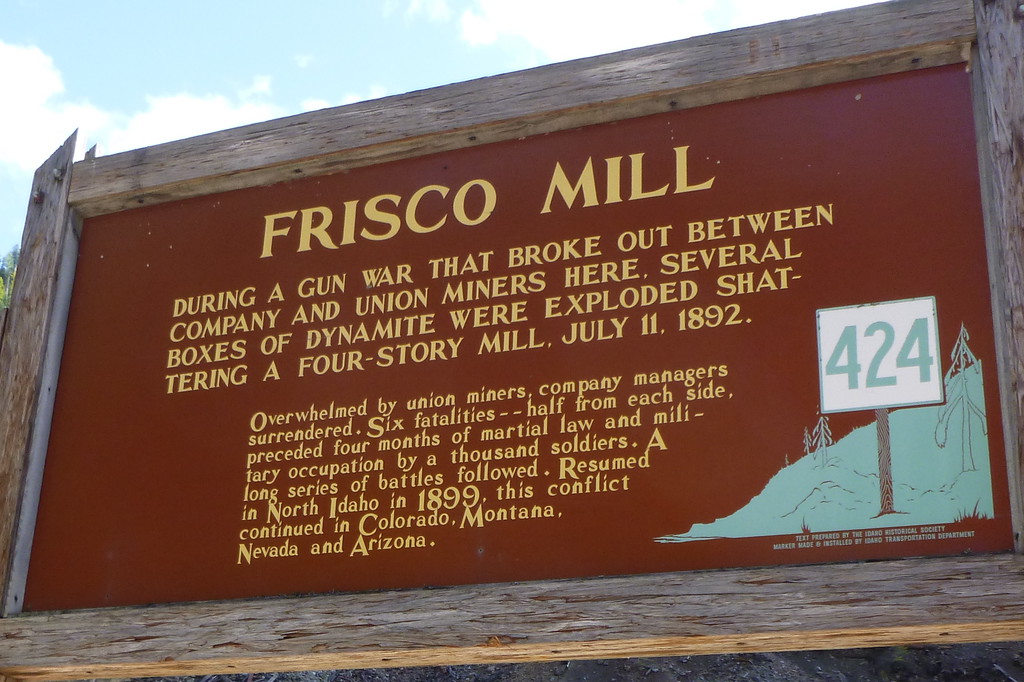
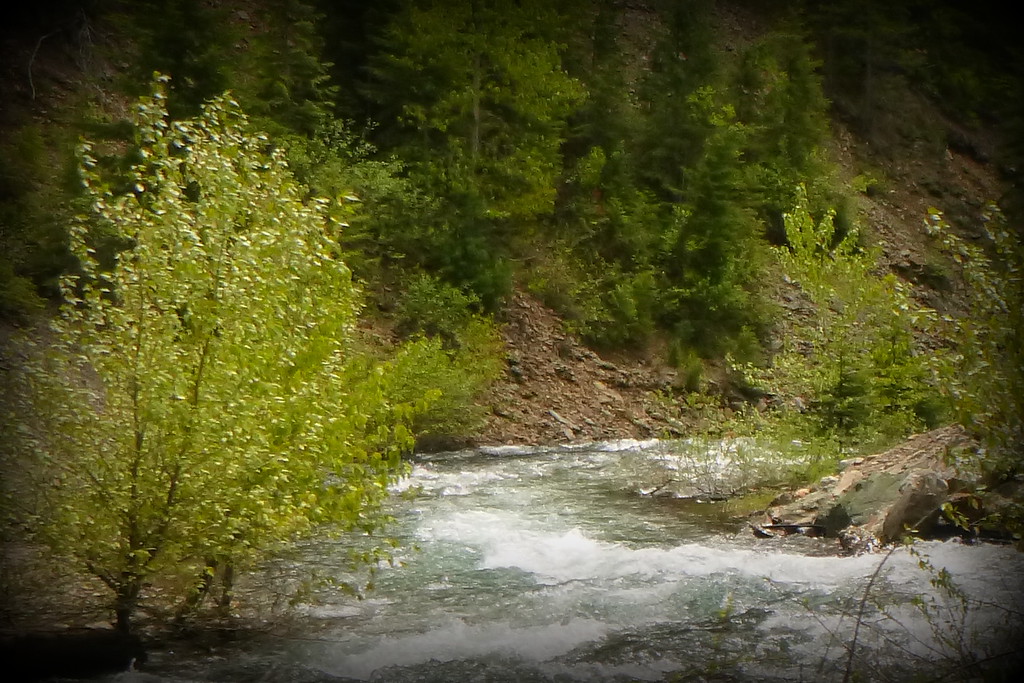
Burke, ID


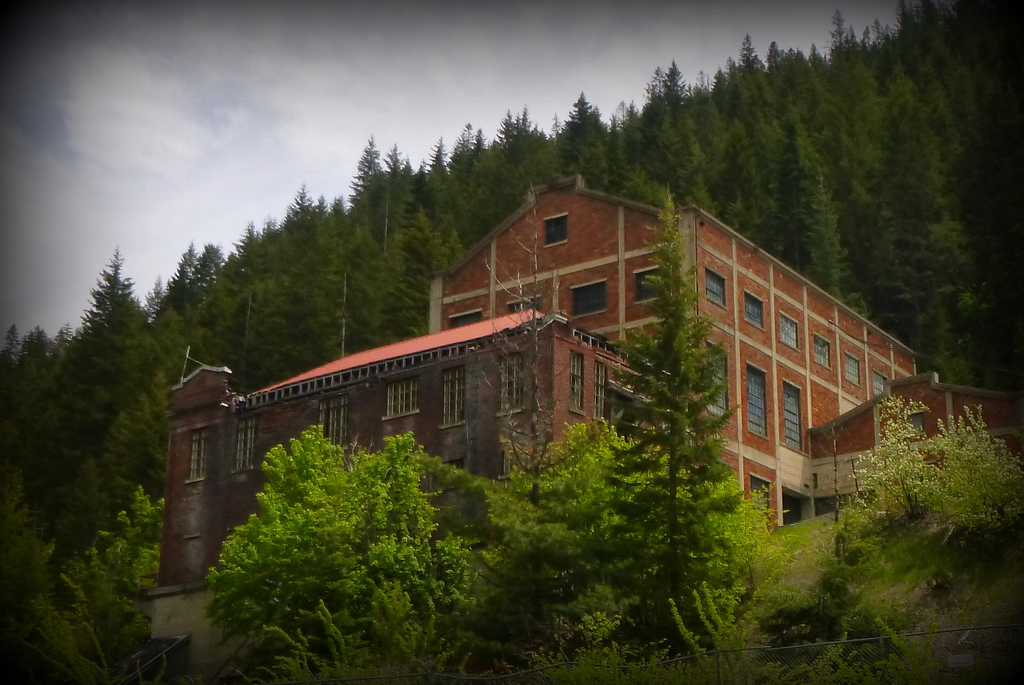
Burke was settled in 1884 when the discovery of mineral deposits led to the creation of the Tiger Mine. Like many mining towns of that era, Burke quickly became a booming community. Burke was bult in the narrow canyon alongside a creek. In its first year, 3,000 tons of ore were mined and transported to Wallace, ID, by rail. Today, the canyon is known as Burke Canyon, and the creek is referred to as Canyon Creek.
Unlike many mining towns in the mountains, Burke took it to the extreme by building in a canyon that was only 300 feet wide at its narrowest point. The shop owners in Burke had to be creative with their architecture as the town developed. Both the train tracks and the road for vehicles shared the main street. Cars and carriage had to pull over when the train rolled through and businesses had to roll in their awnings before the train passed.
In 1888 the Tiger Hotel was built straddling Canyon Creek, the railroad tracks, and main street. This resulted in an unusual building feat as the hotel had a railroad tunnel passing through the first floor. When a second railroad arrived in 1890 its tracks had to be laid through the hotel as well. Five passenger trails passed through daily. The hotel was operational until 1944 and was torn down in 1954.
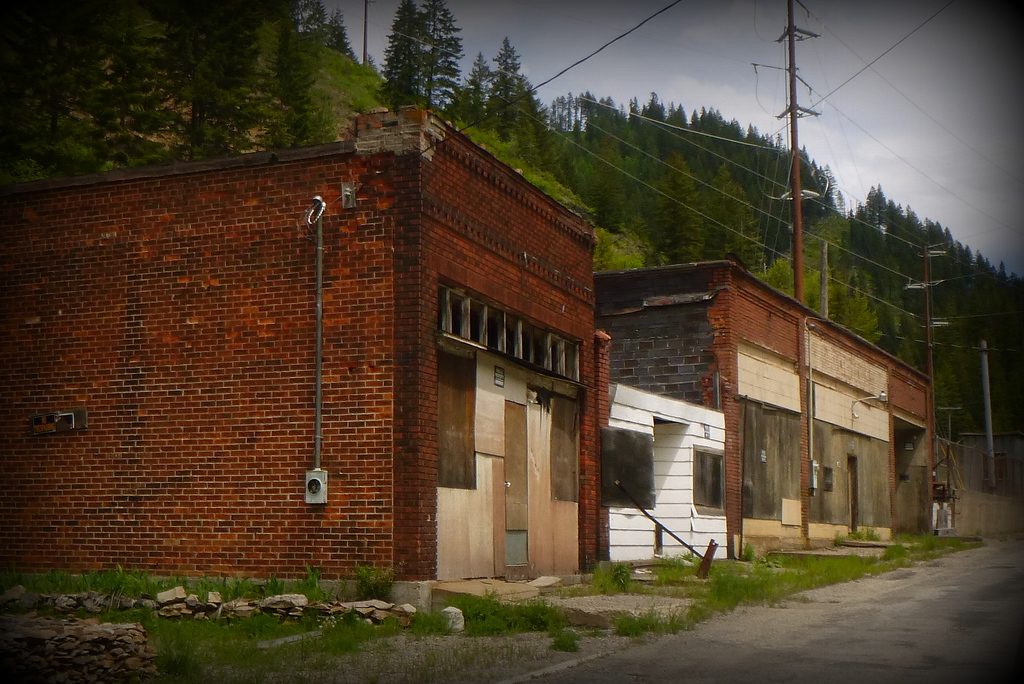
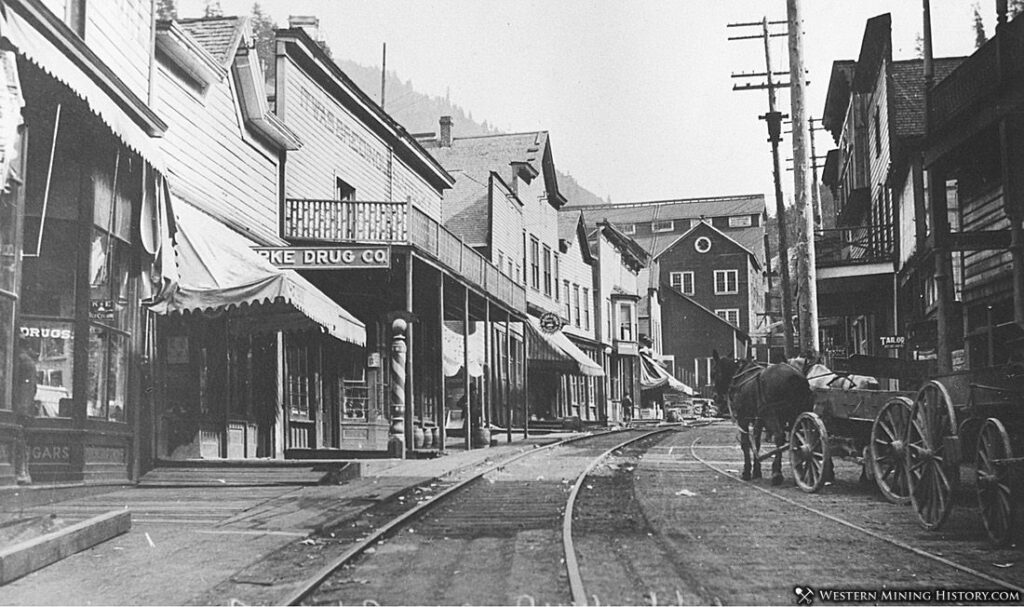
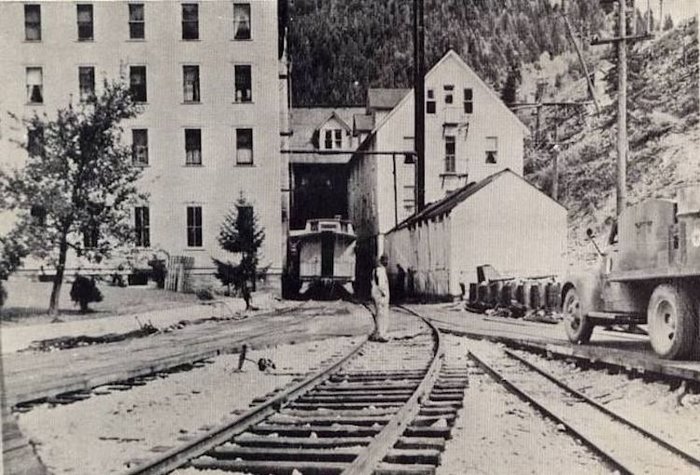
The beginning of the 20th century mines started shutting down and Burke began to decline. By 1990 there were only 15 residence left in town and the last of the mines closed in 1991.
It’s too bad the hotel was torn down instead of preserved. Today I can imagine the hotel would be a popular destination with it’s unique design. The huge buildings of the Hecla Mine are still standing for now.
With Burke now being a ghost town there is talk of paranormal activity in the area. Looking around I can see how that could be.
The historic black and white pictures are from the Western Mining History website.
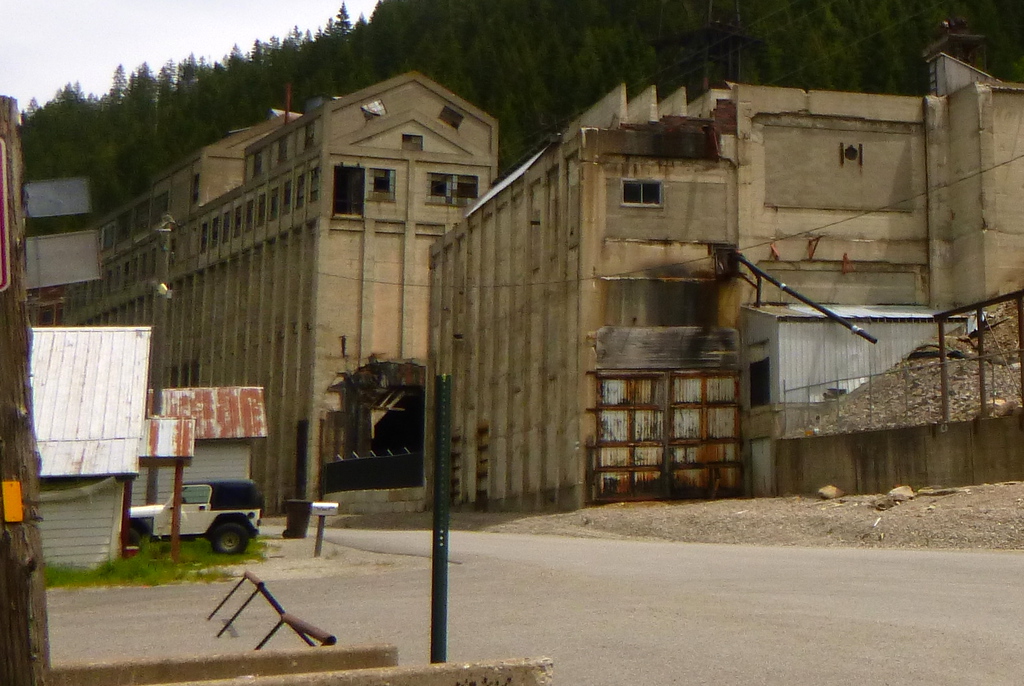

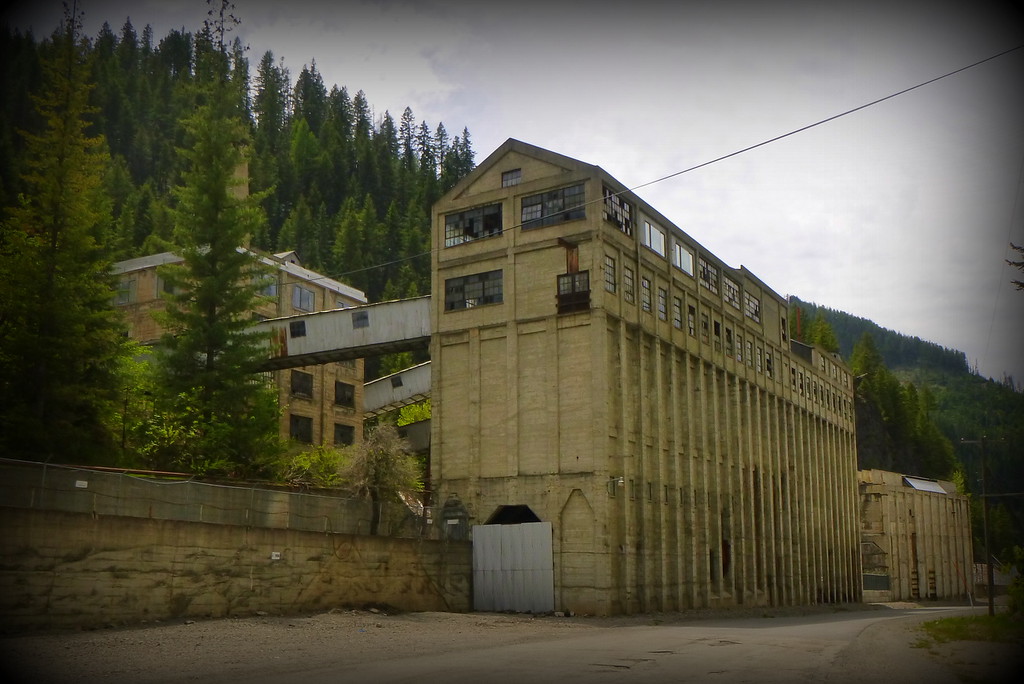
Return to Wallace Idaho
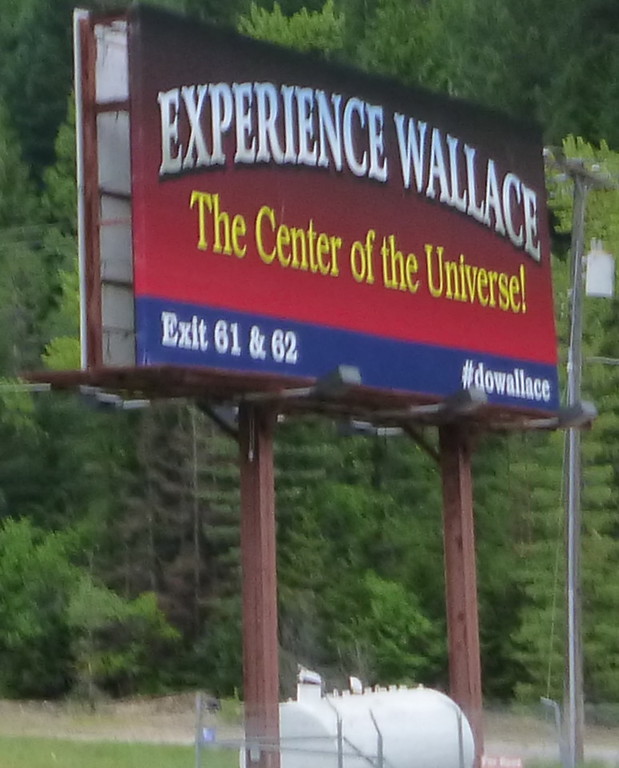
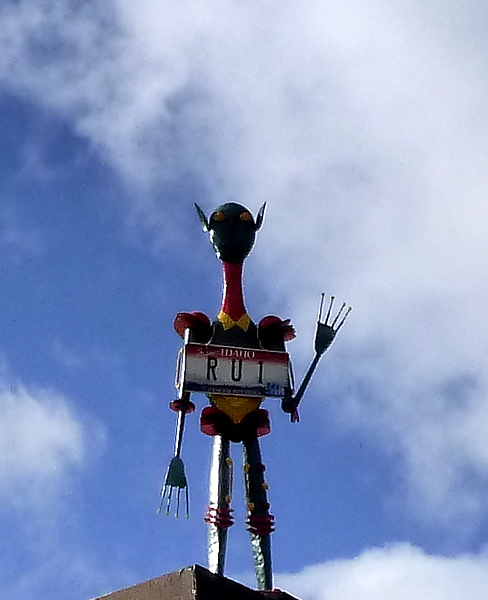
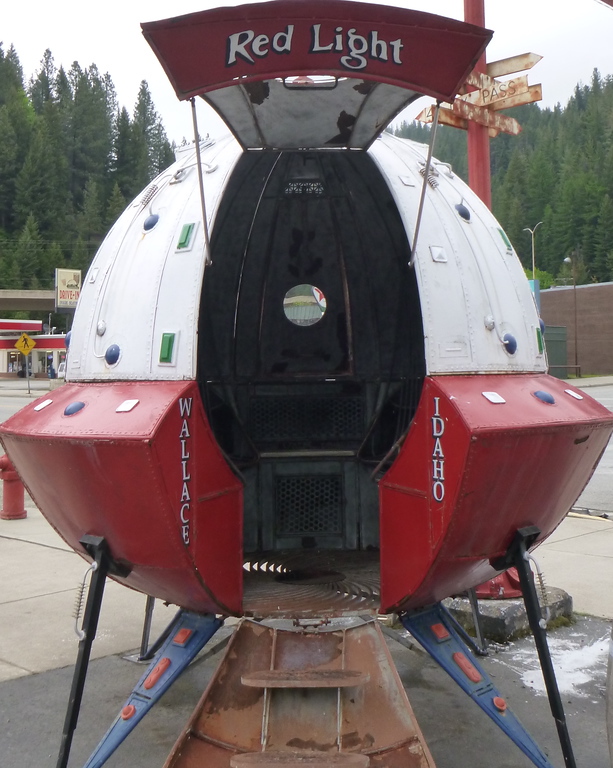
It’s evident from my own experiences that Wallace, ID, is a town where people truly know how to have fun. Over the years, the community has devised numerous ways to celebrate changes that could potentially impact their way of life.
Founded in 1884, Wallace sits alongside the South Fork of the Coeur d’Alene River and Interstate 90. The town’s population was 784 at the 2010 census.
During the construction of Interstate 90, the initial plan was to route the highway directly through the middle of Wallace. However, the town’s leaders took a strategic approach. They successfully had the entire town listed on the National Register of Historic Places. The traffic on the interstate now bypasses downtown and the community now finds creative ways to draw people into town.
Even with the saving of the town, Interstate 90 was coming and the Northern Pacific Railroad Depot built in 1902 was squarely in its path. The depot was saved by moving it from its former location on the north side of the South Fork of the Coeur d’Alene River to its current location at the mouth of Nine Mile Canyon in 1986.
As the depot was being moved, it was accompanied by a procession of people celebrating the preservation of their historic landmark. This effort and community celebration reflects the dedication of the residents.
Today, the Depot is a museum that houses artifacts and exhibits that detail the town’s history and the railway’s role in Wallace’s development
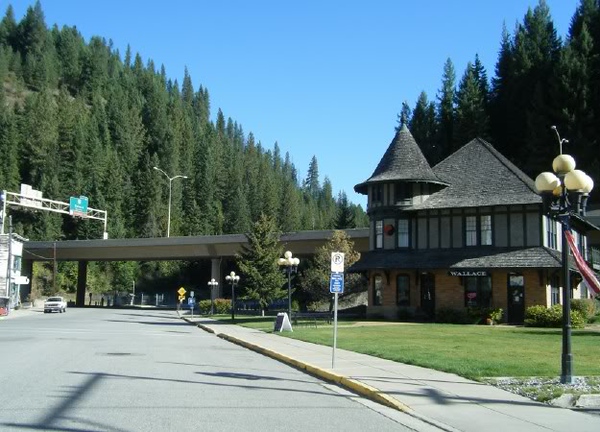
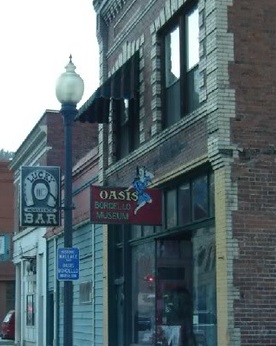
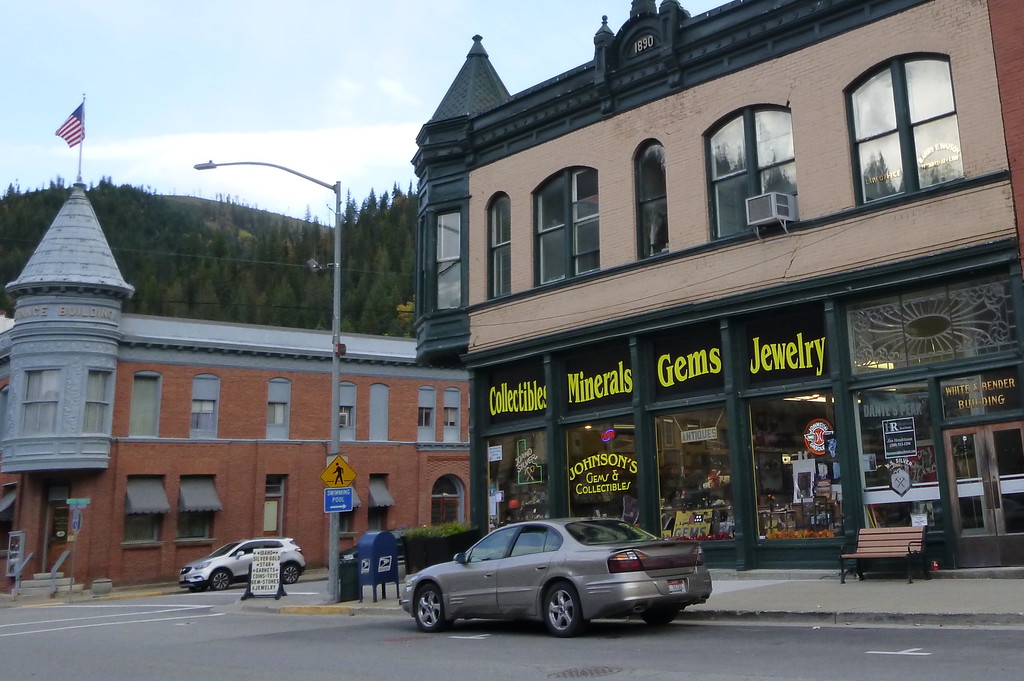
Wallace is Infamous for its Early Days Vice:
The Oasis Bordello Museum is a former brothel. With a “work hard, play hard” attitude, Wallace became well known for a permissive approach toward drinking, gambling, and decriminalized prostitution. Depending on what you read the Bordellos closed in 1988 or went underground and continued until 1991.
While I was in high school I knew of a few young men, one in particular, who “became a man” at those businesses. Those stories aren’t for me to tell since I wasn’t there.
The good thing about being a tourist in October is there are fewer people. The not-so-good thing is that tourist attractions aren’t open. We weren’t able to visit the Depot Museum or the Bordello Museum that day. I have been to both museums and I wanted my sister to be able to visit them but that didn’t happen. We did spend some time looking around in some of the shops though.
The Last Traffic Light:
In downtown Wallace, a traffic light operated on the east-west route until the interstate was built. With the traffic no longer going through town the light came down. A funeral for the stoplight was held on September 12, 1991. The light was placed it in a horse-drawn hearse and taken through town as bagpipers played. With the light no longer glowing it now rests in peace at the Wallace Mining Museum

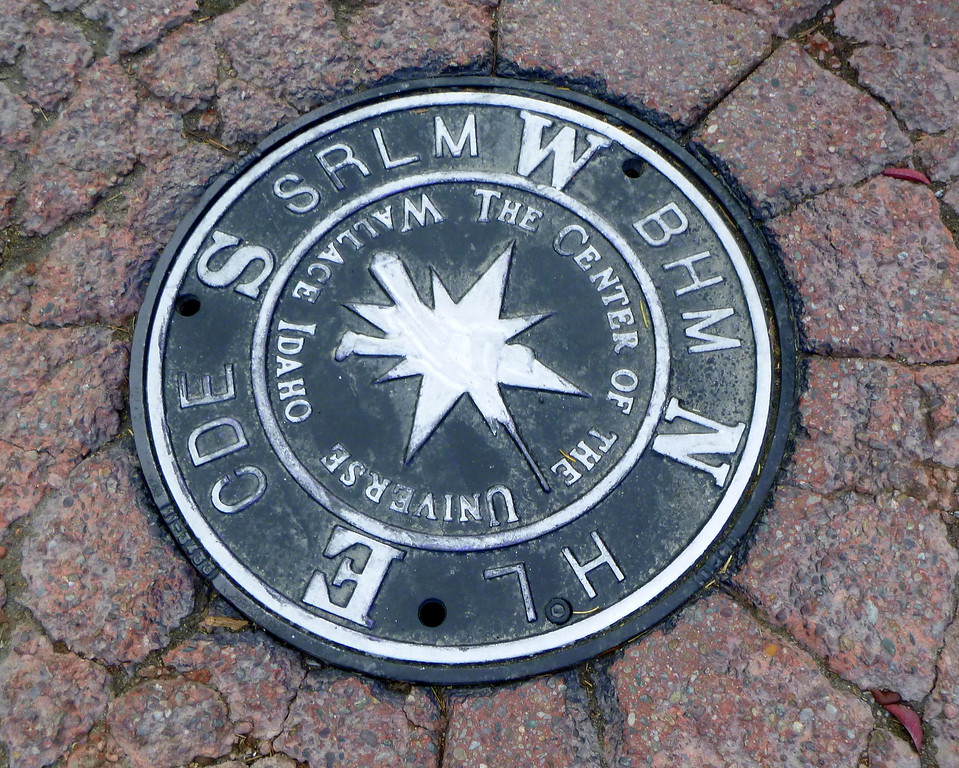
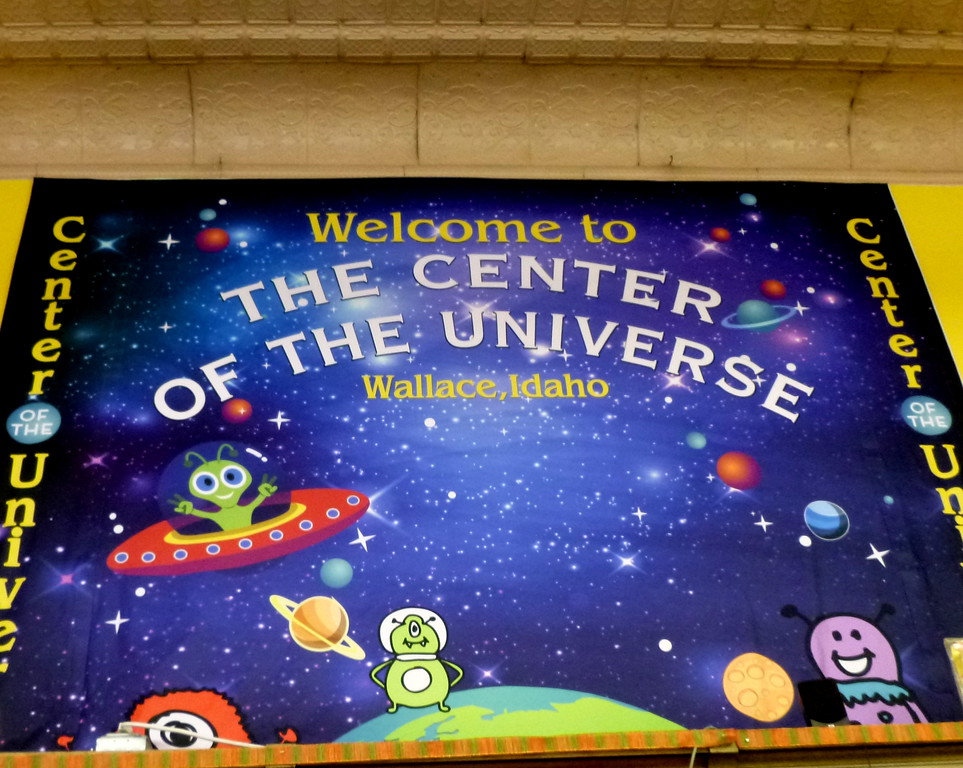
Center of the Universe, Wallace ID
In 2004, the Mayor proclaimed the city of Wallace, Idaho to be the Center of the Universe (because it can’t be proven otherwise). Today, a manhole cover represents the exact spot of the Center of the Universe, and it is celebrated yearly by the citizens of Wallace.
The Center of the Universe manhole cover is in the middle of the intersection of Bank & Sixth streets. On it there are four sets of initials bordering the figure of a miner. The initials–HL, CDE, SRLM, and BHM–represent four prominent mining companies here: Hecla Mining, Coeur d’Alene Precious Metals, Sunshine Silver Mine, and Bunker Hill Mining Company.
Wallace is proud to maintain its status as the world’s largest silver producer for over 100 years and is the richest mining town still in existence.